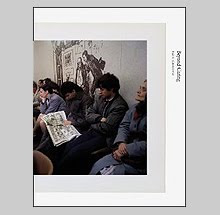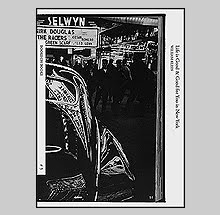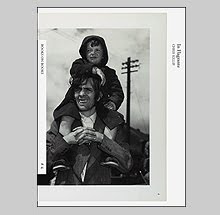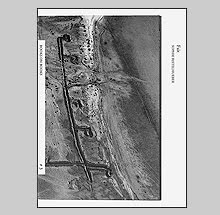Russel Lee Photographs
In his introduction to the recent publication Russell Lee Photographs, John Szarkowski raised an interesting fact about the nature of a photographer’s ‘appetite as a spectator.’ He raises this issue because a critic of Russell Lee’s once said that Lee had ‘never seen a photograph that he didn’t like.’ Szarkowski continues on in his essay to mention that, although he disagrees with the negative connotation that stemmed from the critic, ‘a generous heart can lead an artist into trouble, just as a mean and calculating one can.’ Meaning that wanting to document everything one sees in order to be ‘helpful’ often runs against ‘artistic standards’ in contrast to, artists that limit themselves for the sake of being ‘neat.’ Russell Lee apparently did not adhere to the idea that a subject could be too insignificant as to not merit some attention.
Lee is mostly known for being one of the FSA photographers who contributed to the vast archive of photographs that documented American life during the Great Depression. He was a documentarian that invested much time and energy to becoming a part of the communities he photographed and his photographs reveal that insider’s link. He was also an early innovator with the use of flash and his influence in that arena can be felt in photographers like Chauncey Hare.
The book Russell Lee Photographs by
One of the more interesting groupings is Lee’s concentration on Ralph Yarborough’s 1954 run at being elected Governor of Texas. A few of the images show Yarborough making stump speeches to small groups of locals. In one, while Yarborough gesticulates with open arms, he seems to be ignored by most of the people gathered on the steps of the courthouse that he is speaking to. Many of Lee’s photographs hint at the differences between the character of politicians and the character of the people who elect them. The best of these photos could be close contenders to another photographer making his way around the political spectrum, Robert Frank.
This is surprising collection and the book treats the material well with decent printing and what amounts to be the last essay from one of photography’s great spokesmen, John Szarkowski. In past publications, Lee’s FSA work has been so much the main focus that one could come away thinking that those were his best works. As good as they are, it is great to see over 100 of this book’s 140 images that have not been published before that relate to his other interests.
I am torn though with partly agreeing with the sentiments of the critic from the beginning although I might direct that notion towards the editors of the book. In this volume, Lee seems diluted slightly by the variety of images. In most, his brilliance as an image maker is so startlingly clear that when the less dynamic are included into the mix, it dulls the overall tone. That being said, Lee is a photographer worthy of more books than he has been the subject of and to have this new volume at hand is an important added study of an often overlooked photographer.
Book Available Here (Russell Lee Photographs)Buy online at University of Texas Press












